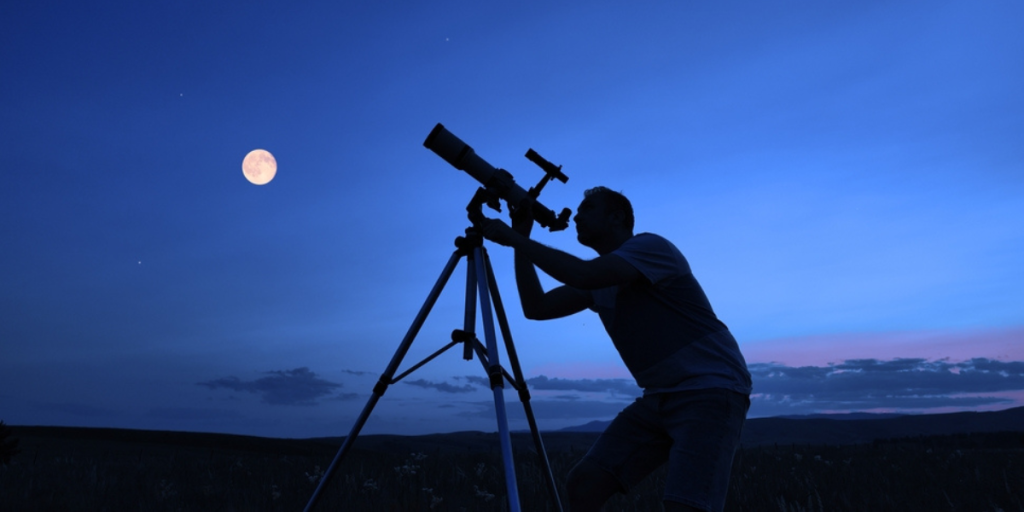Even you might get to see the 3I/ATLAS.
Others are reading now
Two weeks ago, it was hidden behind the Sun, far out of sight. Last week, it reached perihelion, the closest point it will ever get to the Sun. Now, Comet 3I/ATLAS is back and this time, it can be seen from Earth.
This isn’t just another icy wanderer from our own Solar System. 3I/ATLAS comes from somewhere far beyond it a true interstellar visitor that has traveled for billions of years through deep space before crossing paths with our star.
Over the next few weeks, the comet will be visible to anyone willing to wake before dawn. With a small telescope or even a good pair of binoculars, you might catch a faint, moving glow near Venus and the bright star Spica in the constellation Virgo.
It won’t be a dazzling sight like Comet Hale-Bopp was in 1997, but what you’ll be looking at is something far rarer – an object that was formed more than 10 billion years ago in another star system entirely.
“November will be the ideal month to observe Comet 3I/ATLAS, a rare interstellar visitor that will shine near Venus and Spica,” explains Dr Franck Marchis, senior astronomer and Director of Citizen Science at the SETI Institute, as well as Chief Science Officer and co-founder of Unistellar. “Around November 3, the comet will rise about two hours before sunrise. Its brightness may reach magnitude 10 – faint but visible through a telescope or good binoculars.”
Also read
Dr Marchis recommends using a stargazing app like SkySafari, Stellarium, or Sky Tonight to locate it.
Start by finding Venus, then look slightly below and to the east. Comets are unpredictable, so their brightness can change quickly after perihelion. This could be the best opportunity to spot it before it fades again into the dark.
Even though 3I/ATLAS came no closer than 203 million kilometers from the Sun, its activity has surprised astronomers.
It’s shedding gas and dust much more strongly than expected, making it easier to photograph and study.
Because the comet sits low on the horizon, many professional observatories can’t observe it clearly. That has opened a unique opportunity for amateur astronomers to make meaningful contributions to real science.
Also read
Through the global Unistellar network, more than 25,000 citizen astronomers are joining SETI Institute researchers to collect real-time data on 3I/ATLAS. Using the Unistellar app, participants can upload images and measurements that help scientists analyze the comet’s composition and trajectory.
“Working with SETI Institute scientists, this network allows ordinary people to take part in cutting-edge research,” says Dr Marchis. “Every observation helps us understand a little more about how this interstellar visitor behaves as it passes through our Solar System.”
If clouds or weather make it hard to observe, there’s still a chance to witness it. The Virtual Telescope Project is planning to livestream views of Comet 3I/ATLAS later this month, allowing anyone to watch as this rare traveler crosses the sky.
For now, 3I/ATLAS continues its brief encounter with our corner of the galaxy. Soon, it will fade again into the black, heading back toward the interstellar void from which it came.
It’s a fleeting reminder that our Solar System isn’t isolated. Every so often, something from the wider universe drifts close enough for us to see and for a few quiet mornings this November, anyone with patience and curiosity can witness it for themselves.
Also read
This article is made and published by Henrik Rothenbücher, who may have used AI in the preparation


